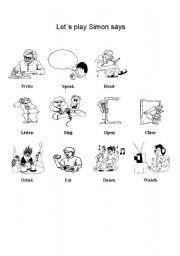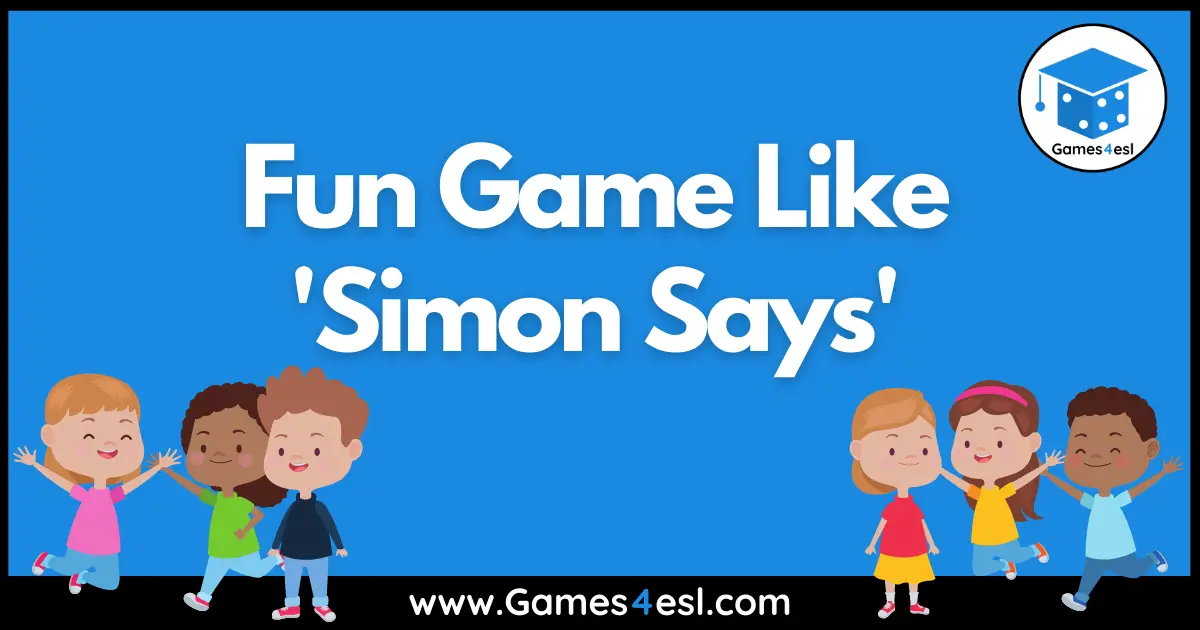
Scaffold your students and help them to see what these mean without just flat out telling them (unless they’re just REALLLLLYYY not getting it, then tell them, use it in an example, and move on to the next). Do I really, literally want him to break his leg?! (Some jokers of the class say “Yeah!” so I say this:) Of course not! What am I really trying to tell him?” They like when English seems easy or similar to what they already know! If they don’t know, then I use it in an example and ask if they can infer what it means.For example, I say “It’s right before my best friend goes on stage as Romeo in “Romeo and Juliet” and I tell him to break a leg. Some of these idioms have exact or almost exact translations in Spanish (and possible in other languages, too), so give students this opportunity. First, I ask them if they have any idea what it might mean. I make a list on the board, one by one, and stop after writing each one. Then, I move on to teach some American English idioms that use body part vocabulary. This game normally takes around 5 minutes with a group of 20 students, so we normally play two times. Process of elimination, someone wins.Īs the game progresses, I use more difficult words, more mixture of saying “Simon says” and not, and I speak more quickly. Students also sit down if I do not say Simon says and they do what I say: if I say “Touch your arm” and they reach to touch their arm, they sit down. I cut the commands in stripes and iput them in a. I usually play this game to practise classroom language. Games worksheets > Other games > Simon Says Game.

If any student(s) doesn’t know that word/what to touch/what to do, they sit down. 100 ESL GAMES Level: elementary Age: 3-17 Downloads: 3147 101 ELT GAMES 15 pages of communicative activity ideas Level: elementary Age: 6-100 Downloads: 3031. For example, if I say “Simon says touch your ankle,” all students must reach to touch their own ankle, in a reasonable amount of time (pretty immediately) and without looking at anyone else to see what they’re doing (sometimes students try to sneak a peek at their neighbor if they have no idea what something is… I kindly explain that that’s what we call cheating and ask them to sit down in their seat). I will tell students “Simon says…” and they must do what I say.
#Simon says games for esl how to#
If you don’t know how to play, these are the instructions I give to the students:

” Encourage students to raise their hands to guess what you’ve “spied.” As students become more familiar with the game, allow students to take a turn “spying” something. Start off the game by saying “I spy with my little eye something that is. Learning the colors with your students? Try playing a game of “I Spy” to help them practice what they’ve learned.

This continues around the circle so that all of the students get the chance to practice the skill of introducing themselves to others and responding to an introduction. Nice to meet you.” Then the second child can turn to the child on his right and ask the same question. What’s yours?” The second child should respond. Then have one student turn to the child to her right and say, “Hi, my name is Alicia. To make practicing this skill more fun, have all of your students stand in a circle. Many ESL classes for kindergarten make sure to teach students how to introduce themselves to other people, but this skill means very little if it is not practiced. The same would hold true with action words or other lists that you might teach. For example, if the list included animal names, your students will enjoy barking like dogs or hooting like owls while the rest of the class guesses the English word for the animal they are portraying. If you’ve taught your students a list of important English words of any theme, a game of charades may be the perfect way to help them practice what they’ve learned.

Jones says…touch the board.” Your students will love running together to the chalkboard to touch it. Jones says…” You can also use this game to teach students about various objects in the classroom. If you’d like, change the main phrase of the game to “Mrs. When you’re teaching kindergarteners about body parts, why make your lesson dry and boring? Instead, turn the lesson into a game of Simon Says.


 0 kommentar(er)
0 kommentar(er)
